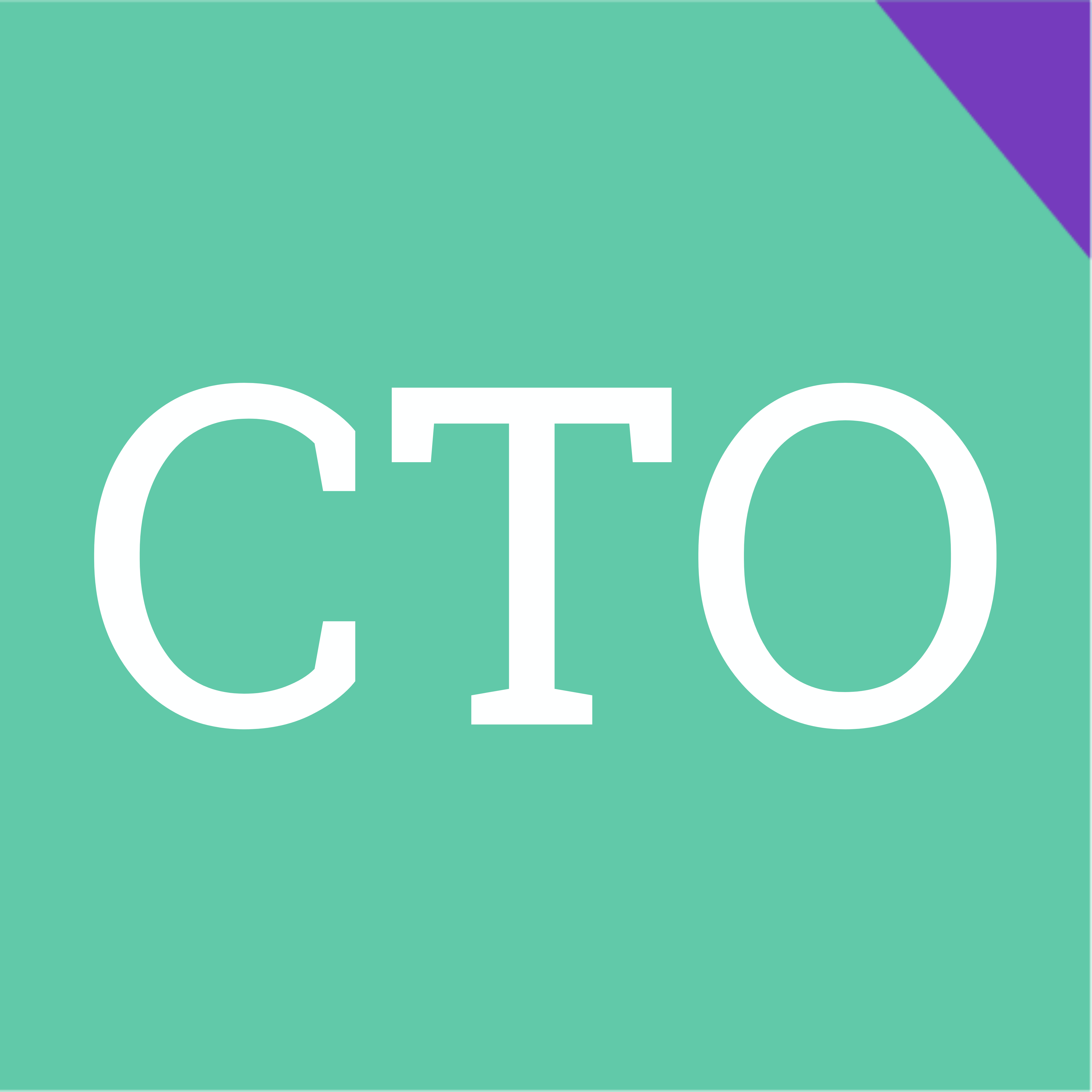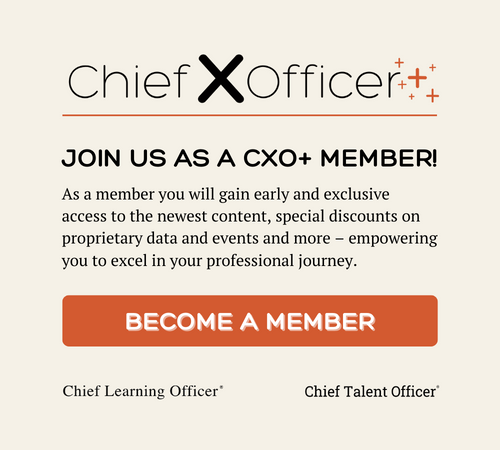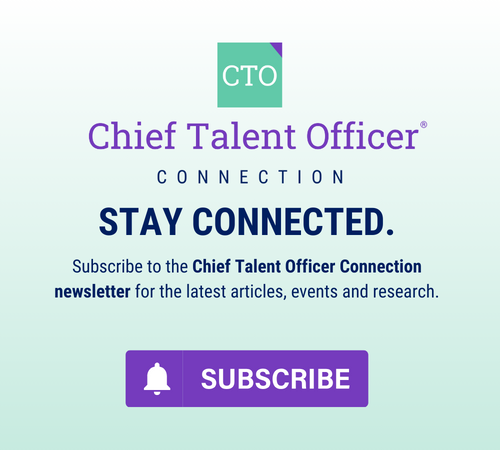While many talent management leaders are focused on fostering employee engagement, implementing performance management and building leadership pipelines, CEOs are focused almost exclusively on four key fundamental questions that determine whether the company’s talent strategies drive business growth or just support survival.
The difference between how talent management leaders think and how CEOs think is not just about priorities; it is about the strategic perspective. If you want to be the talent leader who actually influences the business decisions, you need to start thinking like your CEO.
4 questions every CEO asks
CEOs always ask themselves four critical questions:
- Are we focused on the right strategic imperatives?
- Are we optimizing our business model for competitive advantage?
- Do we have a plan for sustainable, profitable growth now and in the future?
- Are we operating our business effectively and efficiently?
And while these business questions are foundational to winning in the marketplace, they are also your roadmap to building a business-focused talent strategy. You just need to know how to translate them.
Question 1: Are we focused on the right strategic imperatives?
What your CEO is really asking: Do we have the right goals? Are we focused on the right markets and trends? Are we preparing for what’s coming next, not just managing what’s happening now?
Your strategic imperatives are the north star that guides your organization toward a stronger future. Without clear imperatives, even the best execution becomes meaningless activity.
Your talent management translation: Do your talent initiatives actually support and align with your strategic imperatives? Are you allocating your time, energy and resources to deliver these imperatives?
This is where most talent management leaders get stuck. We create excellent programs that solve today’s problems instead of building capabilities for tomorrow’s opportunities. We optimize for current needs while ignoring future requirements.
Your next move:
- Map every talent initiative to a specific business imperative.
- Eliminate, streamline or deprioritize programs that don’t directly align with or drive your strategic imperatives.
- Design talent strategies based on where the business is going, not where it’s been.
Question 2: Are we optimizing competitive advantage?
What your CEO is really asking: How can we leverage our business model to create advantages that competitors can’t easily replicate?
CEOs know that markets change constantly, and competitive advantage isn’t built once—it’s continuously refined and defended. They’re always looking for ways to optimize what makes their organization uniquely valuable.
Your talent management translation: Are we investing in the right talent and organizational capabilities to optimize our business model? Are we creating a culture of innovation and learning from experiments? Do we understand the key talent levers that create competitive advantage in our industry?
This is where talent strategy becomes a business strategy. You’re not just managing talent—you are architecting competitive advantage through human capital.
Your next move:
- Identify the organizational capabilities that differentiate you in the market.
- Build talent strategies that competitors can’t easily copy.
- Foster a culture of innovation while maintaining operational excellence.
Question 3: Do we have a plan for sustainable growth?
What your CEO is really asking: Can we grow the organization profitably today and into the future?
CEOs think about scalable, sustainable growth—not growth at any cost, but growth that builds long-term organizational strength. They need to balance investments in future capability building with the current performance of the business.
Your talent management translation: Do we have the right leaders to sustain profitable growth now and in the future? Do we have a strong pipeline of talent in critical roles? Do we have an agile culture with a proven track record of delivering results regardless of the environment?
This is where talent management leaders can create enormous value by thinking beyond filling current gaps to building the leadership and cultural foundation for long-term success.
Your next move:
- Forecast your future leadership needs against your growth trajectory over three to five years.
- Invest in strong succession planning for all critical roles.
- Develop organizational agility and resilience as core capabilities.
Question 4: Are we operating effectively and efficiently?
What your CEO is really asking: Now that we know where we’re going, are we operating in a way that gets us there without wasting resources or energy?
Having the right strategy means nothing if your execution is poor. CEOs understand that operational excellence creates the foundation for everything else—it funds growth, enables innovation, and builds competitive advantage.
Your talent management translation: Do we have the right operation model for our talent and organization? Do we have a high-performing culture? Are we actively working to eliminate unnecessary complexity across the organization?
This is where strategic talent management leaders separate themselves. You need to understand which processes are critical to success, and what value models drive growth and sustainability of your talent programs.
Your next move:
- Build systems that reward results, not just activity.
- Work with the business to eliminate processes that create complexity without adding value.
Making the translation
Successful talent management leaders should master the art of translation: They can seamlessly transition between CEO-level strategic thinking and HR-specific execution. The translation process works like this:
- Understand how CEOs think and why it matters to business success.
- Translate it into three to five key strategic talent implications and opportunities for impact—they should be the drive for your talent strategy.
- Design initiatives that address both the business need and the people strategy.
This is not about speaking business language to sound strategic. It’s about fundamentally changing how you approach every talent decision by starting with the same questions that drive your CEO’s thinking.
Your next steps
The gap between good talent management leaders and great ones is not technical knowledge; it’s strategic thinking ability. The talent management leaders who are transforming their organizations and advancing their careers are the ones who’ve learned to think like their CEOs.
They understand that every talent decision is a business decision. Every people strategy is a competitive strategy. Every talent initiative should ultimately be measured by its impact on the organization’s ability to achieve its strategic imperatives.
The question isn’t whether you’re ready to think like a CEO. The question is: Are you ready to translate that thinking into talent leadership that transforms your organization?
2 questions to ask yourself:
- How do you currently translate business priorities into people strategy, and where are the gaps in your thinking?
- What would happen if you approached every talent decision by first asking the same questions your CEO asks?
3 actions you can take:
- Start by mapping each of your current talent initiatives to your organization’s strategic imperatives—eliminate or re-prioritize anything that doesn’t directly support business success.
- Next, try conducting a “CEO thinking audit” by attending strategic meetings and learning how executives approach decision-making and priority-setting.
- Finally, commit to redesigning one major talent program to better align with your organization’s strategic imperatives.
















